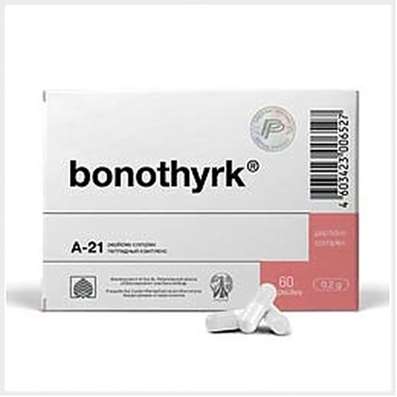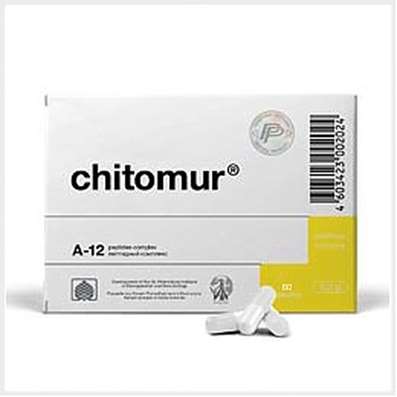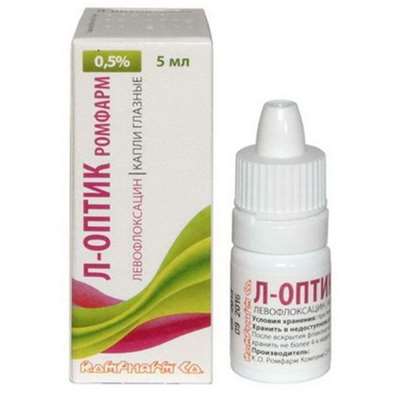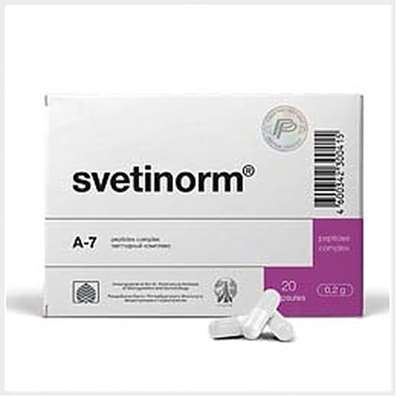Instruction for use: Laticort
I want this, give me price
ATX Code D07AB02 Hydrocortisone Butyrate
Active substance: Hydrocortisone
Pharmacological group
Glucocorticosteroids
Nosological classification (ICD-10)
L20 Atopic dermatitis
Itchy atopic eczema, Common neurodermatitis, Allergic skin diseases, Allergic skin diseases of non-infectious etiology, Allergic skin diseases of non-microbial etiology, Allergic skin diseases, Allergic skin lesions, Allergic manifestations on the skin, Allergic dermatitis, Allergic diathesis, Allergic itching dermatosis, Allergic Skin Disease, Allergic skin irritation, Dermatitis allergic, Atopic dermatitis, Dermatosis allergic, Diathesis exudative, Skin Allergic Disease, Skin allergic reaction to medicinal and chemical preparations, Skin reaction to medication, Skin and allergic disease, Acute eczema, Chronic atopic dermatitis, Exudative diathesis, Itching allergic dermatosis
L21 Seborrheic dermatitis
Dermatitis seborrheic, Increased sebum separation, Seborrheic Eczema, Seborrheic dermatitis of the scalp, Seborrheic pyodermatitis, Seborrhea, Eczema seborrheic
L21.1 Seborrheic children's dermatitis
Dermatitis infantile, Children's eczema
L23 Allergic contact dermatitis
Allergic dermatitis, Purulent allergic dermatopathies, Contact allergic reaction, Contact allergic dermatitis, Photoallergic contact dermatitis
L29.3 Anogenital pruritus, unspecified
Itching in the genital and anus, Anal itching, Anogenital itching, Genital itching, Anogenital itching, Itching of the anorectal region, Itching of the vulva, Itching of the genitals, Perianal dermatitis
L30.9 Dermatitis, unspecified
Allergic dermatoses complicated by a secondary bacterial infection, Anal eczema, Bacterial maturation, Varicose Eczema, Venous dermatitis, Inflammation of the skin, Inflammation of the skin upon contact with plants, Inflammatory Skin Diseases, Inflammatory skin reactions, Inflammatory processes of the skin, Hypostatic dermatitis, Fungal Eczema, Fungal dermatosis, Dermatitis, Dermatitis is stagnant, Dermatitis and eczema in the anal area, Dermatitis acute contact, Perianal dermatitis, Dermatosis, Dermatosis of the scalp, Dermatosis of psoriasis, Dermatosis with persistent itching, Dermatoses, Dermatoses itchy, Other itching dermatoses, Significant eczematous manifestations, Itching with, dermatoses, Itching eczema, True eczema, Skin reaction to insect bites,Skin itching with dermatosis, Constitutional eczema, Weeping eczema, Drowsing inflammatory skin disease, Dying Infectious-Inflammatory Skin Disease, Non-allergic dermatitis, Nummular eczema, Acute contact eczema, Acute inflammatory skin disease, Acute dermatosis, Acute severe dermatosis, Perianal dermatitis, Superficial dermatosis, Subacute Contact Eczema, Simple dermatitis, Occupational dermatitis, Psychogenic dermatosis, Bubble dermatitis of newborns, Pustular eruptions, Irritation and redness of the skin, Low-flammable eczema, Dry atrophic eczema, Dry eczema, Toxic dermatitis, Ear eczema like dermatitis, Chronic eczema, Chronic dermatosis, Chronic common dermatosis, Scaly papular dermatosis, Eczema, Eczema anal region, Eczema of the hands, Eczema Contact, Eczema lichenized, Eczema Nummular, Eczema acute, Eczema acute contact, Eczema subacute, Eczematous dermatitis, Eczema-like rashes, Ecome exogenous, Endogenous eczema, Gluteal dermatitis, Restricted itchy dermatitis
L40 Psoriasis
Chronic psoriasis with diffuse plaques, Generalized psoriasis, Psoriasis of the scalp, Psoriasis of the scalp, Generalized form of psoriasis, Psoriasis dermatitis, Psoriasis complicated by erythroderma, Invalidative psoriasis, Isolated psoriatic plaque, Exfoliative psoriasis, Psoriatic Erythroderma, Psoriasis with eczematosis, Hyperkeratosis in psoriasis,Inverse psoriasis,Psoriasis eczematous, Dermatosis of psoriasis, Psoriasis of the genitals, Psoriasis with lesions of hairy areas of skin, Erythrodermal psoriasis, Chronic psoriasis of the scalp, Chronic psoriasis, Ordinary psoriasis, Refractory psoriasis, Kebner phenomenon, Scaly lichen
L53.9 Erythematous condition, unspecified
Generalized erythroderma, Glaucheria of the erythema of the lips, Chronic erythema, Exudative erythema
Composition and form of release
Cream 1 g
Hydrocortisone 17-n-butyrate 1 mg
Auxiliary substances: cetostearyl alcohol; Cetomacrogol; Paraffin liquid; Petroleum jelly white; Methylhydroxybenzoate; Citric acid, sodium citrate, water
In tubes of 15 g; In a pack of cardboard 1 tuba.
Ointment 1 g
Hydrocortisone 17-n-butyrate 1 mg
Excipients: petrolatum white
In tubes of 15 g; In a pack of cardboard 1 tuba.
Lotion 1 ml
Hydrocortisone 17-n-butyrate 1 mg
Auxiliary substances: glycerol; Isopropyl alcohol; PVP; Citric acid; Sodium citrate; water
In polyethylene bottles with a dispenser of 20 ml; In a pack of cardboard 1 bottle.
Characteristic
The cream is a homogeneous mass of white color.
Ointment - almost colorless, translucent fatty mass.
Lotion is a colorless, clear liquid with the smell of alcohol.
pharmachologic effect
Pharmacological action - antiallergic, antipruritic, antiexudative, glucocorticoid, anti-inflammatory local.
Pharmacodynamics
Glucocorticosteroid for external use. Has anti-inflammatory, anti-allergic, antipruritic, antiexudative action, reduces permeability of capillaries. Inhibits the activity of phospholipase A2, which leads to suppression of the synthesis of PG and leukotrienes. It inhibits the migration of leukocytes and lymphocytes to the inflammatory focus, inhibits the proteolytic activity of tissue kinins, inhibits the growth of fibroblasts, inhibits the development of connective tissue in the inflammatory focus. Reduces the manifestations of hypersensitivity reactions, proliferative and exudative processes occurring in connective tissue in the inflammatory focus, reduces hyperemia.
Pharmacokinetics
Suction: after application to the skin hydrocortisone easily reaches the stratum corneum. It is slightly adsorbed into the systemic circulation and can have a systemic effect. The absorption of hydrocortisone increases when applied to large areas of the skin, when applied to the skin of the face or in the area of skin folds, as well as when using an occlusive dressing for a long time. The absorption of hydrocortisone from the epidermis in children is more pronounced than in adults. Can accumulate in the cells of the stratum corneum.
Metabolism: biotransformiruetsya directly in the epidermis, and the absorbed part - in the liver. Metabolism products - butyric acid and hydrocortisone are quickly eliminated from the body. Due to the absence of halogens in the formula and the features of kinetics, the risk of local and systemic side effects is significantly reduced.
Indications
Uninfected, sensitive to glucocorticoids, skin diseases: dermatitis (including allergic, atopic, seborrheic), eczema (including contact, chronic, child), psoriasis (including the scalp), erythroderma , Photodermatosis.
Contraindications
Hypersensitivity, bacterial skin infections, fungal infections, common and rosacea, perioral dermatitis (dermatitis perioralis), post-vaccination period, age up to 2 years.
It is not recommended to use during pregnancy, except when the therapeutic benefit for the mother exceeds the risk to the fetus.
pregnancy and lactation
Glucocorticoids penetrate the placenta. Effects on the fetus can be particularly pronounced when applying the drug on large surfaces. Laticort can be used in pregnant women only in cases where the benefit exceeds the risk of use. Do not use in the first trimester of pregnancy.
During lactation - with extreme caution (for a short time, on a small surface). Do not apply to the skin of the breast.
Side effects
Rarely: possible skin irritation, systemic glucocorticoid effects (with prolonged use, when applied under occlusive dressings and / or on extensive surfaces of damaged skin).
Dosing and Administration
Outwardly. A small amount is applied to the affected areas of the skin 2-4 times a day, with the appearance of positive dynamics - 1-2 times a day, no more than 2 g / day (if not necessary), duration of application - no more than 2 weeks.
Chronic, lichenized, hypertrophic manifestations: application is recommended for occlusive dressings, replaced every 24-48 hours.
Acute moknushchie inflammatory conditions: cream or lotion, with subacute conditions and lichenizatsii - ointment.
The drug is used in children from 6 months of age.
Before using the drug, the patient should know that:
- the drug should be used only in the manner prescribed by the doctor;
- the application of an occlusive dressing is possible only after consultation with the doctor;
- In case of appearance of undesirable phenomena during the treatment period, you should consult a doctor.
Overdose
It may appear after prolonged use on large areas of the skin in the form of symptoms of hypercorticoidism. Symptoms disappear after discontinuation of treatment.
special instructions
Avoid prolonged use of the drug (with prolonged use on a large surface, the appearance of symptoms of hypercorticism).
If the infection develops at the site of application, antibacterial treatment should be prescribed.
With extreme caution should be applied to the skin of the face (possibly the appearance of side effects - telangiectasias, atrophy, dermatitis perioralis, even after a short-term use), in the case of already existing atrophic skin conditions (especially in elderly people).
During the period of drug therapy, do not vaccinate.
The drug does not limit the psychophysical ability, the ability to drive vehicles and maintain machinery in motion.
Storage conditions
At a temperature not exceeding 25 ° C.
Keep out of the reach of children.
Shelf life
Cream for external use 0.1% - 3 years.
Ointment for external use 0.1% - 3 years.
Solution for external use 0.1% - 2 years.
Do not use after the expiry date printed on the package.

 Cart
Cart





